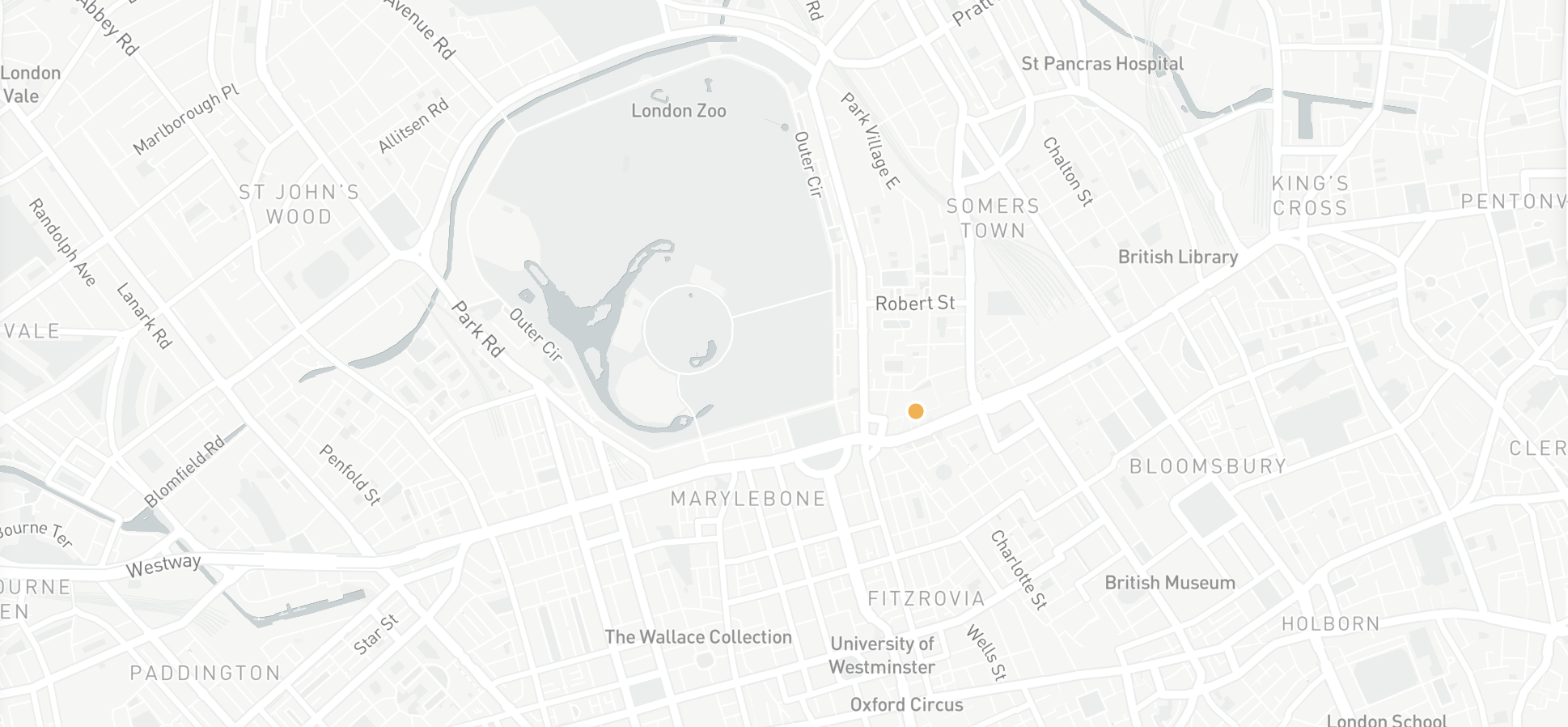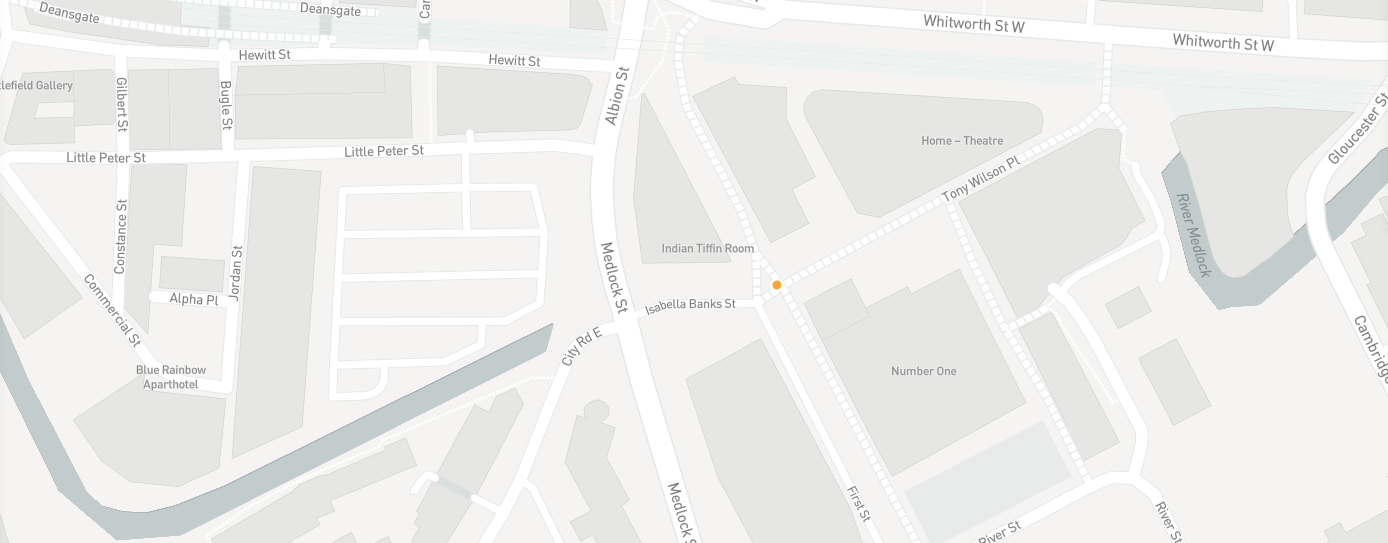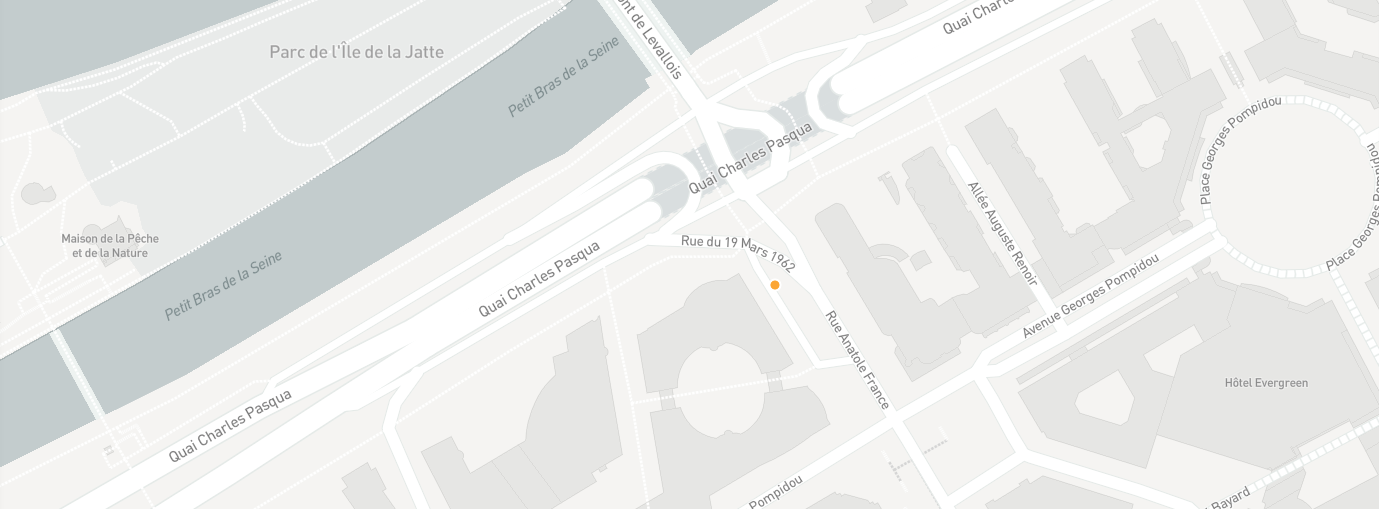How to create a project roadmap: A toolkit for success
Communicating your project aim and strategy isn’t always easy. Often, key stakeholders and executives want to see how a project will unfold but don’t have time to trawl through an overly detailed plan.
That’s why a project roadmap is so useful. It offers a concise way of charting project milestones and objectives so that decision-makers know which deliverables to expect and when. It’s also a way of establishing effective workstreams, helping you delegate and manage tasks from the start.
Here, we cover the basics of creating a project roadmap, from setting a realistic timeline to establishing balanced workstreams with definable objectives.
We’ve added quick links to help you navigate the guide and find the information you need.
- What is a project roadmap?
- What are the phases of project management?
- Project roadmaps and agile: what’s the link?
- How to make a project roadmap: step-by-step
- Contingency and risk management
- Project roadmap tools
- Key takeaways

What is a project roadmap?
A project roadmap gives a high-level overview of a project’s goals, objectives, and deliverables. It’s presented as a timeline, showing when and how key project milestones will be met.
A project roadmap should be simple and concise. Avoid including too much detail, as this goes into the main project plan. Your roadmap should give a steer on the project timeline, making it easier to manage stakeholder expectations and communicate next steps and milestones to the team.
Think of a project roadmap as an at-a-glance resource that complements the main project plan. It provides a strategic overview of a project, so everyone can review the status of the project as it moves towards completion.
What are the phases of project management?
Whatever the project’s scale and scope may be, dividing it into manageable stages means you can take control of its progress. The five distinct phases of project management are as follows:
Phase 1: Initiation
Here, the project will be defined in its broadest terms. You should draw up a business case to assess whether the project is feasible, what its needs are, and if the project should be undertaken.

Key project stakeholders must also be identified at this stage, as these will help you decide whether the project should go ahead. If so, you’ll need to create a project charter that includes the business’ needs, stakeholder roles and project goals. Although the goals will certainly be established at this stage, the project charter won’t contain any technical details – these come in during the second phase.
Phase 2: Planning
The planning phase is where your project roadmap comes to fruition. In phase two, you’ll start to set up more detailed goals, along with a project schedule and any technical requirements you’ll need to carry out the project.
In terms of creating goals, teams tend to favour two of the most popular methods: SMART and CLEAR.
SMART goals are those which allow managers to make clearly defined (and analysed) goals that are fully achievable. The acronym stands for:
• Specific – Your goals should be focused and precise. Ask yourself what you want to achieve, why it’s important, who will be involved, where it’s located, and which resources will be involved?
• Measurable – Your goals should be easily measurable so you can track their progress and stay motivated.
• Attainable – Are your goals realistic and achievable? Achievable goals should be challenging but possible
• Relevant – Do your goals align with other relevant goals? Does it seem worthwhile in the long term?
• Timely – Do your goals have a deadline? A target date allows your team to stay motivated and gives them something to work toward

CLEAR goals take into consideration the faster pace of modern workplaces, i.e., those which require flexibility and instant results. The acronym stands for:
• Collaborative – The goals should allow the project team to work together
• Limited – The scope should be limited enough so as to be attainable
• Emotional – Employees should be enthusiastic about completing the goal, connecting with it on an emotional level to optimise the quality of work
• Appreciable – Larger goals should be broken down so they can be more easily achieved
• Refinable – You should be able to improve, enhance and refine goals moving forward
How to define project scope
During this phase you’ll also define your project’s scope. What is project scope, you ask? Essentially, it’s a detailed outline of each aspect of a project including its activities, resources, timelines, and deliverables, along with the project’s boundaries.
So, how do you go about defining project scope? The following steps outline what you should carry out before work starts on the roadmap itself:
- Work with key stakeholders to define and create a scope statement – an outline of the reasons for going ahead with the project and what you aim to achieve through it
- Identify, document, and communicate the project elements you’ll assume to be true over the course of the project. These assumptions help provide an estimated cost and schedule which you’ll need to deliver the project’s scope during the project’s planning phase
- Get buy-in from the stakeholders who will be most affected by the project. When everyone understands a project’s scope, the greater the chances of success.
Phase 3: Execution
Now the real work begins. Deliverables will be developed and completed, and it’s up to the project manager to create an efficient workstream so the team can function optimally.
What is a workstream?
A workstream is the completion of tasks carried out by different people or teams on a product or project. Rather than people working in isolation, a workstream favours a collaborative approach where the project team can make the necessary adjustments as the project evolves. By doing so, it ensures an optimal result or product.
During this phase, the project manager must also maintain collaboration between project stakeholders to ensure everyone remains on the same page.
Phase 4: Monitoring and controlling
Despite its status as the fourth phase, the next step generally runs in tandem with the execution phase. This ensures that goals and deliverables are reached to a high standard of quality. By establishing Key Performance Indicators (KPI) and Critical Success Factors (CSF), the project manager can keep the original plan in focus as the team progresses through the project.
At this stage, the manager will also be responsible for quantitatively tracking the team’s output and costs during the process, so that their efforts stay within the initial budget.
Phase 5: Closing
With the project completed, any external contractors hired for the project will have their contracts terminated.
Generally, a reflection meeting, or a “post mortem”, will be held to consider the successes and failures of the project. This allows the team to know where they may need to improve should further projects arise.
Lastly, the project manager will also need to write up a final project report that can be stored in a secure place and accessed by others with the necessary authority.
Project roadmaps and agile: What’s the link?
Agile project management is becoming the norm in process-driven disciplines, as businesses begin to favour short development cycles that focus on continuous improvement and optimisation. But how do project roadmaps fit into this new management practice? And are they still of value?
The agile project management model relies on a large amount of collaboration between individual stakeholders and teams, all of whom come together to make the project happen. Because of the multi-faceted nature of this working dynamic, it’s vital that everyone can easily track and review the status of the project – and that’s where a project roadmap comes in.
A project roadmap complements agile management perfectly. Light on detail yet concise and manageable, roadmaps make agile project management easy, with teams given a clear view of the project’s goals and objectives without becoming bogged down in small details – which is the key to achieving an agile management strategy.
How to create a project roadmap: a step-by-step guide
Step 1: Define project goals and plans
A good project roadmap communicates goals and plans succinctly, providing high-level detail without relying on excessive planning notes and briefs. Your map should chart the objectives of the project, highlighting what stakeholders can expect and how your team will achieve it.
Start by creating a list of deliverables. This is a pre-defined rundown of what will be achieved, demonstrating the value and feasibility of the project to senior executives. Don’t offer reams of detail here; simply state your expectations before supplementing the goals with a workable project timeline.
Step 2: Create a realistic timeline (example included)
A timeline is the most important part of a project roadmap. This sets out not only the duration of the project, but how it will evolve, when milestones will be met, and how individual workstreams will come together to achieve objectives in line with your project timings.
Begin by determining the necessary workstreams and resources needed to complete objectives, as these will dictate the length of the project and when to set key milestones. The timeline should identify the time it will take to complete your objectives and at what cost. How far into the future you look when communicating these timings and costs is up to you, and will depend on the scope of the project and the level of work involved.
Below, we’ve put together an example of a project roadmap, so you can get a clear idea of how your timeline should look.
Step 3: Assess the value and risks of each project task
Some tasks carry greater weight and responsibility than others, so you need to make sure these are delegated to the right people. Grade each task by how critical it is to the success of the project and assign accordingly to the appropriate team member or department.
Step 4: Consider costs and resources
Each workstream should be carefully assessed to gauge the cost and resources needed. Stakeholders will want to see how much time, money and resource are being invested into specific tasks, so include this information in the workstream.
Step 5: Delegate effectively
Once you have an idea of costings and resource, you can begin to delegate project activity to individual departments and team members. Delegation requires a careful balance between cost and feasibility; there’s little point giving a person chief ownership of a workstream as a cost-cutting measure if there are doubts on whether they can achieve their objective. Be realistic and consider the long-term viability of the project rather than short-term cost cuttings.

Tip – A project roadmap is an at-a-glance solution, so don’t feel that you have to include every detail of how objectives will be achieved. Workstreams are a way of communicating ownership of high-level project tasks, but there should be no need to go more granular than this.
The activity of individual team members may form a large part of a wider workstream, so there’s no need to include this on the roadmap. This will keep things more flexible, allowing you to shift responsibility and create a contingency plan without justifying every change to stakeholders.
Step 6: Set achievable milestones
Individual workstreams should help to highlight the development of a project, and milestones are a simple way of communicating step-by-step progress to stakeholders. When establishing workstreams, milestones make it easy to see how individual activity will help towards meeting targets and objectives, ensuring each facet of the project is progressing as forecasted in your roadmap.
Contingency and risk management
As you build out the timeline and begin to add defined workstreams, you need to consider high-risk areas and implement contingency measures that will steer the project back towards success should something go amiss.
Risk management is crucial to project road-mapping and key stakeholders will want to see that every eventuality has been accounted for. Caveat specific high-risk activity with an appropriate label, such as ‘limited resource’, ‘potential for external delays’ or ‘finance issue’, so that stakeholders are aware of areas of risk from the outset.
This not only manages expectation but may help you to resolve issues; for instance, if you approve additional funding or resources to support the smooth completion of individual workstreams and project goals.
To supplement your project roadmap, create a contingency document covering what action will be taken should any of the workstreams fail to fulfil their objective. This should effectively outline a ‘plan B’ for the project delivery, taking into account risk management analysis and contingency measures.
Project roadmap tools
Project roadmapping isn’t always the easiest of tasks. Luckily, there are all sorts of tools you can use to help streamline the process, simplify collaboration, and ultimately, deliver your projects on time.
Here’s our pick of the best.
Roadmunk
By visualising your project roadmap in a clear and varied ways, Roadmunk puts things in plain sight. By offering options for agile teams, JIRA integration and a range of data export formats, it suits just about any business operation.
With an easy drag-and-drop interface, simple sharing capabilities, and intuitive editing features, Roadmunk is an excellent option for user-friendly roadmapping.
Aha!
One of the most popular roadmap tools out there, Aha! has features in spades. Whether you need to define scope, create timelines, develop strategies, or share crucial details with your team, it’s well suited to both agile and traditional workplaces.
Plus, it’s available to startups at a wallet-friendly price too.
ProductPlan
Another tool that emphasises the visual aspects of your roadmaps, ProductPlan is all about making your strategies look good. The tool’s tailored approach means you can create different versions of the same roadmap.
Need something high level to show to stakeholders? No problem. How about a granular approach that drills into the details for your Dev team? ProductPlan can do that too.
Hygger
For teams on a budget, there’s plenty of free options available too. Take Hygger for instance. It offers numerous agile features that make roadmapping a breeze for teams of all sizes.
By providing the whole picture, along with Kanban boards, scrums, backlogs, and spring planning, Hygger keeps things in view, allowing you to complete projects efficiently and at pace.

Key takeaways
Here are some of the key takeaways and things to remember when creating your own project roadmap:
• A project roadmap should make sense to anyone who reads it, giving a concise breakdown of your goals, strategy, and activity at a glance. Try to avoid including too much detail; this can be included in a longer strategy or planning document.
• A project roadmap should contain two key parts: a clear list of defined aims and deliverables, and an accompanying timeline detailing the workstreams that will help you achieve your objectives.
• Be realistic when drawing up a project timeline and think carefully about who to delegate specific tasks to.
• Don’t overload workstreams with granular activity and processes; include only high-level information to keep the project’s workstreams flexible.
• Ask a colleague to sense-check your roadmap before distributing it to stakeholders. If they can’t understand something or have uncertainties about its achievability, you may need to make some changes.
Click here for the latest news and features from SEFE Marketing & Trading or visit our homepage to find out about our latest career opportunities.
The views, opinions and positions expressed within this article are those of our third-party content providers alone and do not represent those of SEFE Marketing & Trading. The accuracy, completeness and validity of any statements made within this article are not guaranteed. SEFE Marketing & Trading accepts no liability for any errors, omissions or representations.[/vc_column_text][/vc_column][/vc_row]










